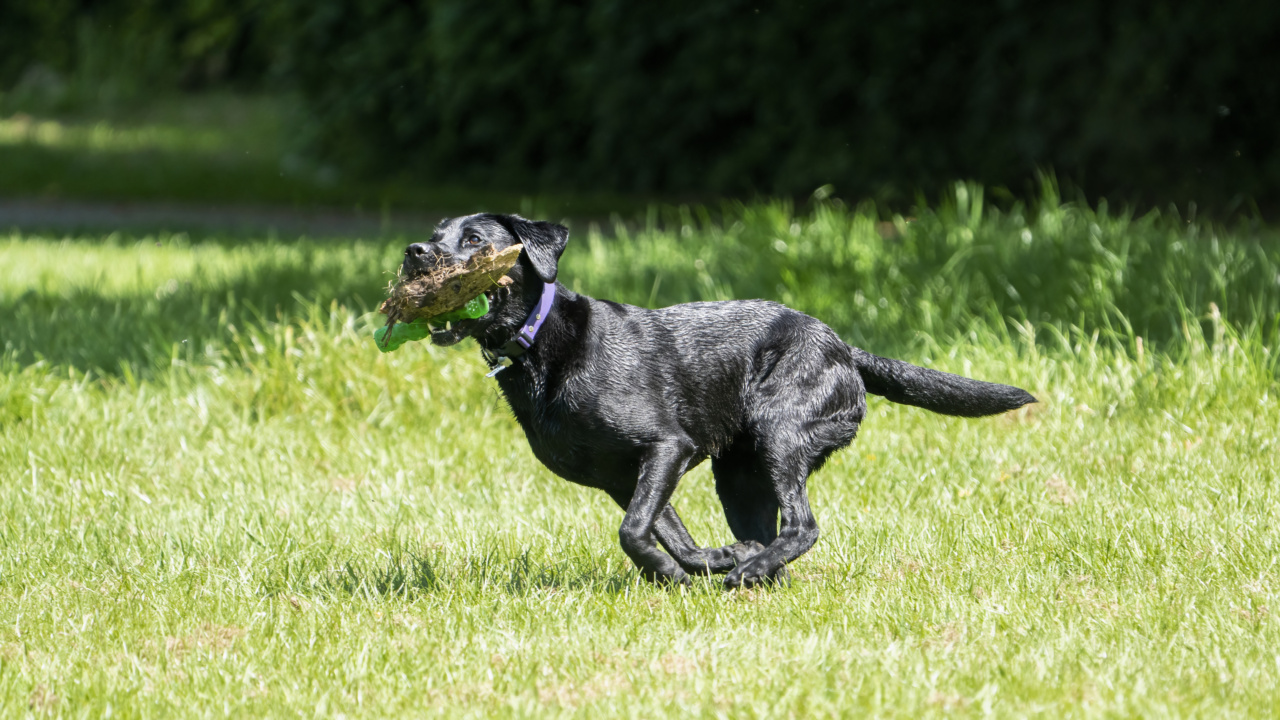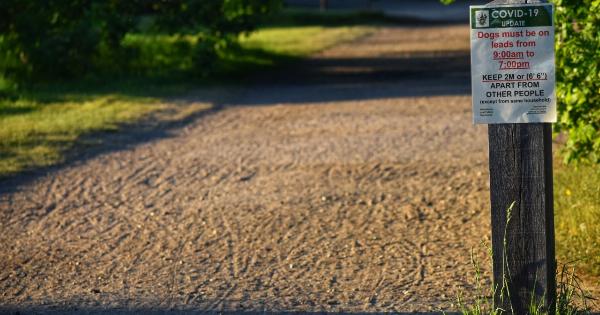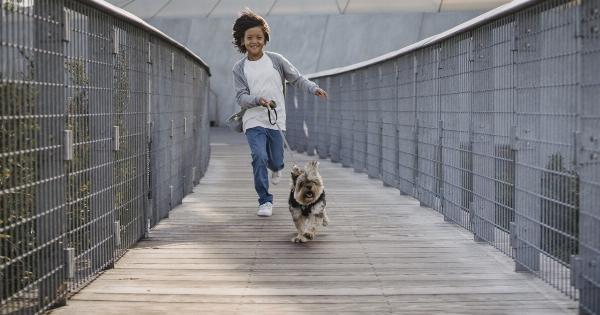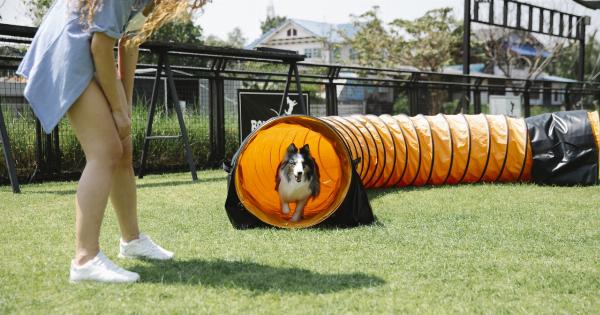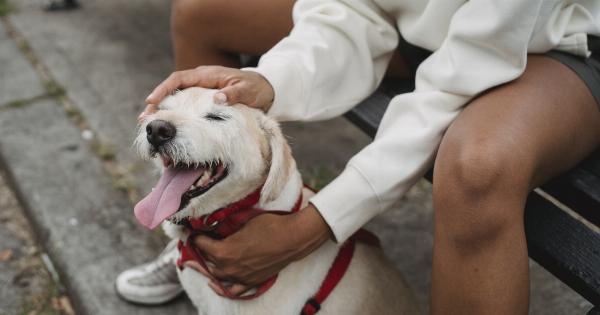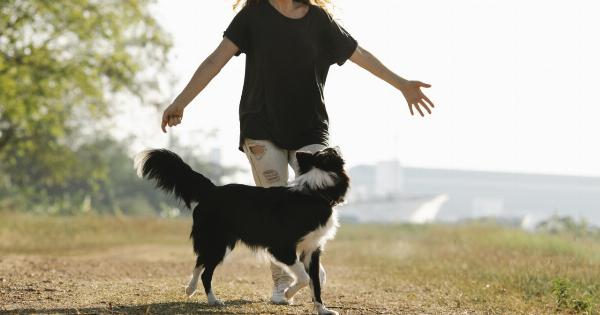Having a dog that constantly tries to escape can be a stressful and worrisome experience.
Not only is it dangerous for your beloved pet to be out on the streets unsupervised, but it can also lead to legal consequences if your dog causes any damage or harm to others. To ensure the safety and well-being of your furry friend, here are some easy steps to prevent your dog from running away:.
1. Secure Your Yard
The first step in preventing your dog from running away is to secure your yard. Make sure that there are no holes or gaps in your fence that your dog can squeeze through. Regularly inspect the fence for any signs of damage and fix them promptly.
Reinforce weak areas with additional materials such as chicken wire or mesh fencing to prevent any escape routes.
2. Use Appropriate Collars and Harnesses
Invest in a well-fitting collar or harness for your dog. Ensure that it is neither too loose nor too tight. A loose collar can easily slip off, while a tight one can be uncomfortable and restrict your dog’s movements.
Consider using a harness instead of a collar, especially for dogs that tend to pull or have respiratory issues. Harnesses provide better control and reduce the risk of your dog escaping.
3. Train Your Dog on Recall
Teaching your dog a reliable recall command is essential in preventing runaways. Start the training in a controlled environment indoors or in a securely fenced area.
Use high-value treats or toys as incentives to encourage your dog to come to you when called. Begin with short distances and gradually increase the distance as your dog becomes more reliable. Practice recall regularly to reinforce the behavior.
4. Provide Adequate Exercise and Mental Stimulation
A tired and mentally stimulated dog is less likely to be inclined to run away. Make sure your dog gets plenty of exercise and engages in activities that challenge their mind.
Take them for daily walks, play interactive games, and provide puzzle toys or treat-dispensing toys to keep their brains occupied. A content and fulfilled dog is less likely to seek adventure outside the confines of your home.
5. Create a Safe Space Indoors
Ensure that your dog has a comfortable and secure area within your home. Provide a cozy bed, toys, and familiar scents to make this space inviting.
Having a designated safe space can help alleviate anxiety and prevent your dog from seeking escape as a coping mechanism. Consider using baby gates or pet pens to restrict access to certain areas of your house, especially when you’re unable to supervise.
6. Keep Unwanted Visitors Away
Dogs are naturally curious creatures, and the sight of other animals or people passing by can trigger their desire to explore. Limit your dog’s exposure to tempting sights and sounds by installing blinds or curtains on windows facing the street.
Avoid leaving your dog in the yard for extended periods, especially if there’s a lot of activity or other animals nearby. Minimizing external stimuli can help reduce the urge to run away.
7. Use ID Tags and Microchipping
Even with the best preventive measures in place, accidents may happen, and your dog might still manage to escape.
To increase the chances of their safe return, ensure that your dog always wears an identification tag with your current contact information. Consider microchipping your dog as a permanent form of identification. Microchips are often scanned by veterinary clinics or animal shelters, making it easier to reunite you with your pet.
8. Supervise Outdoor Activities
Whenever your dog is outside, whether in your yard or on a walk, it’s crucial to provide close supervision. Avoid leaving your dog unattended for long periods, as this increases the risk of them finding a way to escape.
Keep an eye on your dog’s behavior, especially if they start displaying signs of restlessness, anxiety, or fixating on potential escape routes. Being present and attentive can help prevent runaway attempts.
9. Consider Professional Training
If your dog’s inclination to run away persists despite your efforts, consult a professional dog trainer or behaviorist.
They can analyze the underlying reasons behind your dog’s behavior and tailor a training program to address the specific issues. Professional trainers can teach you effective techniques to manage your dog’s behavior and reinforce your bond, ultimately reducing the desire to run away.
10. Neutering/Spaying
In some cases, dogs may attempt to escape to find a mate, especially if they are not neutered or spayed. If you don’t have breeding plans for your dog, consider having them neutered or spayed.
This can help reduce hormonal-driven behaviors such as roaming and escaping. Consult with your veterinarian to determine the appropriate age and timing for the procedure.
Conclusion
Preventing your dog from running away requires a combination of proactive measures and responsible pet ownership.
By securing your yard, investing in appropriate equipment, training your dog, and providing a safe and stimulating environment, you can significantly reduce the risk of escape. Remember, your dog’s happiness and well-being depend on your ability to keep them safe and protected within the boundaries of your home.
